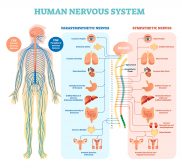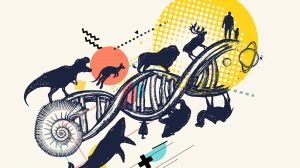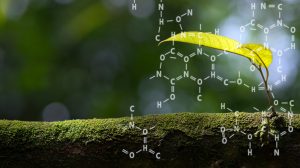Definition
noun
(genetics) The degree of similarity or the dissimilarity of the DNA sequences in specific coding segments, or genes, on the homologous chromosomes of a zygote, or fertilized egg
Supplement
Chromosomes that occur in two sets are referred to as diploid (2n). Humans and many other organisms are diploid. This means that their somatic cell would have two copies of chromosomes. This is because the first set of chromosomes came from the mother whereas the second set came from the father. In humans, there are 46 chromosomes, which means 23 of these are inherited from the mother and the other 23 chromosomes are from the father. Each one from the first set of chromosomes would have a matching chromosome on the second set based on the sameness of their loci. The two chromosomes that have matching loci are referred to as homologous chromosomes. Homologous chromosomes may have the same or matching loci but their alleles may be similar or different. The degree of similarity or the dissimilarity of the DNA sequences (alleles) between homologous chromosome is referred to as zygosity.
A cell or an individual may be classified based on zygosity:
- homozgygote or a homozygous organism
- heterozygote or a heterozygous organism
- hemizygote or a hemizygous organism
- nullizygote or a nullizygous organism
See also:
Related term(s):
- heterozygosity
- homozygosity







